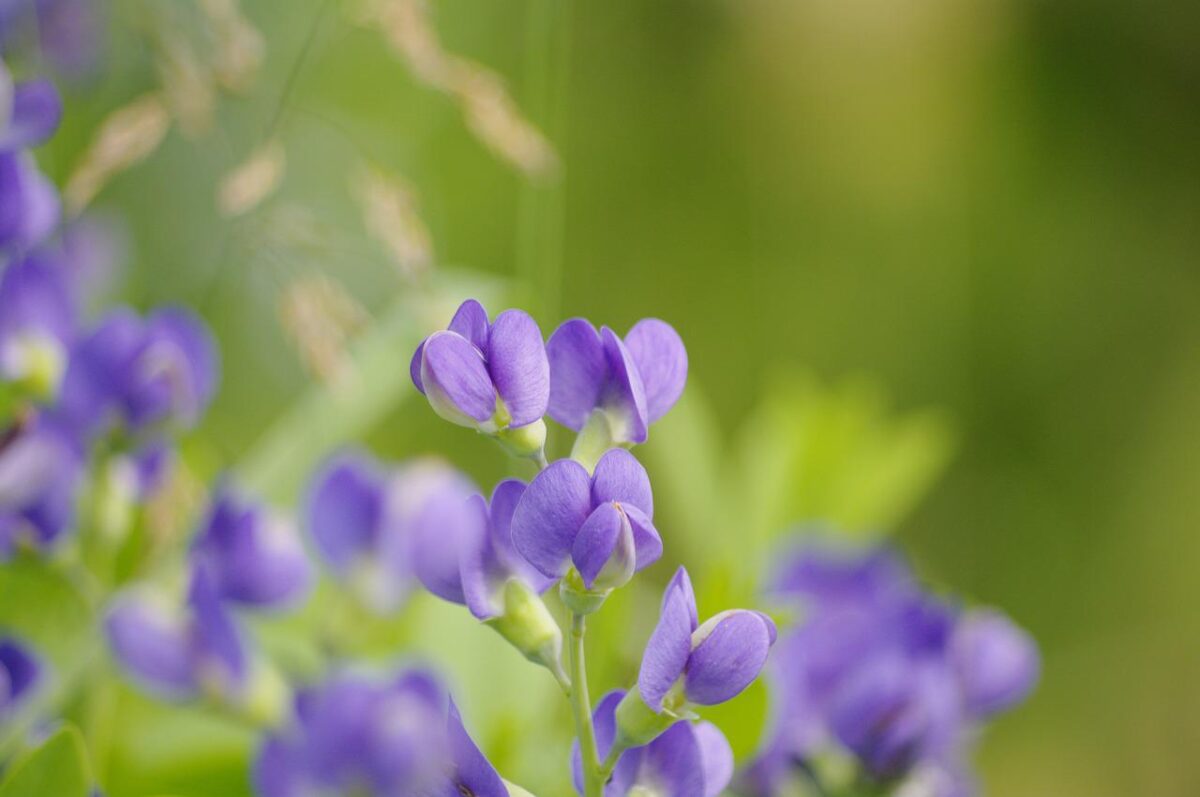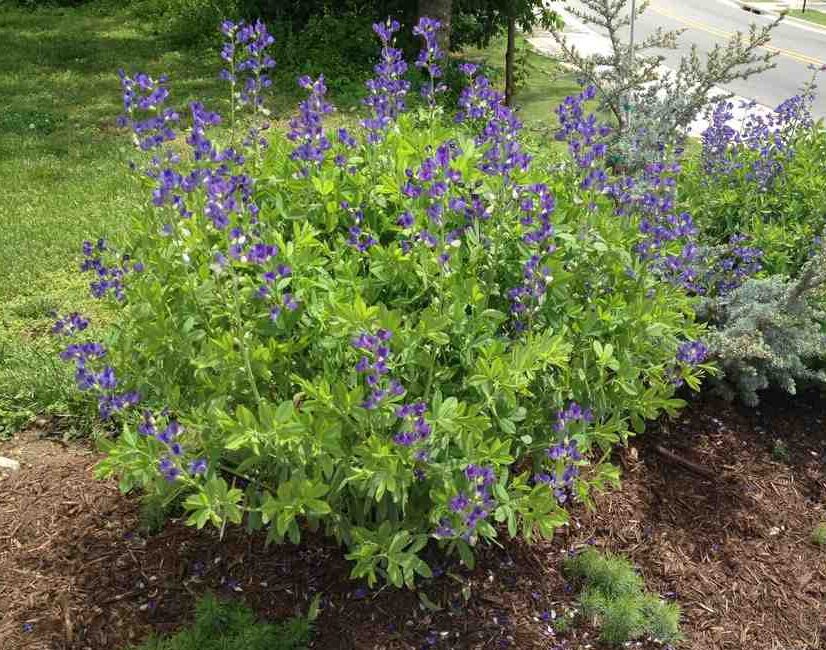Baptisia is a Sure Bet

Kirsten Mia via Pixabay
Baptisia australis is beautiful and a sure bet to be introduced into your garden. Slow to develop, it is not uncommon to wait 2 years before the first flower. It adapts to all soils. Flowers are great for cutting. Baptisia hybrids can have exceptionally beautiful colours.
Baptisia lives up to its name as a perennial plant. It blooms for a long time. It has healthy looking foliage, so it looks nice even after it’s done blooming.
Quick Growing Guide
Botanical Name: Baptisia australis (blue), Baptisia tinctoria (yellow)
Also Called: Blue wild indigo, Blue false indigo
En français: Baptisie bleue – Faux-indigotier
Blooms:
Sun / Shade:
Water: Low water requirement.
Soil:
Height:
Pollinators:
Care:
Soil
Though they adapt to many soil types, baptisias grow best in deep, rich, well-drained soil. Once established, they are quite drought tolerant, due to their very deep root system.
Caring for Baptisia
Do not like to be transplanted. Are extremely tolerant to drought. Leaves turn black quickly in the fall, some people trim them then, whilst some people leave the leaves.
Propagating Baptisia australis (blue), Baptisia tinctoria (yellow)
Plant with organic 3 in 1 transplanting soil. Baptisia’s take a few years to reach their full potential and therefore demand some patience. Roots are pretty wide spreading so make sure you leave enough room for them to grow between plants.
Companion Plants
Companion plant suggestions include Legume family.
Pruning Baptisie bleue – Faux-indigotier
Pruning is not required. When the time comes to shape the plant, it is easy to cut back and use as a mulch plant. Other gardeners like to remove the dark seed pods as a mainenance activity.
Other
Insects are generally not a serious problem on baptisias. A weevil may damage seeds, but does not change the appearance of the plant. May be toxic to many insects, but is a host plant for several butterfly larvae. Diseases are very rarely a problem. Fungal problems may occur in crowded or moist conditions.
Baptisia is deer tolerant.
Baptisia’s are in the legume family and are a nitrogen leveler. However, they are not edible.
The Baptisia name comes from the Greek root bapto, (to dip or to immerse.) People used the juice extracts to dye their fabrics. Throughout the years, baptisia’s provide indigo dye to create a blue color to a variety of textiles and fabrics. False indico was the first subsidized agricultural plant in America.

